The Truth About The International Used Car Trade
It’s easy to get caught up in Inside Baseball speculation about the future of international automotive imports. Will a Chinese-made subcompact take the Western world by storm, or will Renault’s Integrated Manufacturing System (RIMS) venture in India eventually sate the industrialized world’s insatiable appetite for small, cheap, frugal cars? Meanwhile, we hear little or nothing about traffic flowing the other way: the millions of used cars flooding into the third world from developed nations. The dirty truth about this trade is just that: the vast majority of these cars are pollution-spewing death traps.
There’s a huge and thriving third world market for worn-out vehicles: cars, trucks, buses and commercial vehicles that don’t have a hope in Hell of passing a safety or emissions test. The business exists on the margins of society, run by criminal syndicates, dubious exporters and tens of thousands of desperate individuals. Participants congregate in bazaars on the borders between developed countries and their less fortunate neighbors.
Writing in Der Spiegel magazine, Eric Wiedermann described one corner of the international traffic in cheap and cheerless vehicles. Down by Germany’s Hamburg train station, in an enormous space divided by barbed wire-topped mobile fences, Wiedermann found “economic immigrants” buying and selling broken down cars that had never seen better days. He also found violence, deception and intimidation.
“With a little luck, a dealer can earn €300 to €400 selling a car that's considered scrap in Germany," Wiedermann writes. “It’s not much, but — should the seller come from, say, Chechnya — it's enough to feed his family for a half a year. But the potential profits are radically out of proportion with the risks involved.”
The dealers perpetuating this seedy souk of spent metal sell an average clapped-out European-spec sedan for €500. Thanks to a ready market in the Caucasus and the Orient, garbage trucks and hearses fetch a small premium. Dealers load the vehicles onto trucks bound for Africa and Eastern Europe, where safety and emission standards either don’t exist or can’t withstand the persuasive force of discreet monetary donations.
If you’ve traveled to a third world country, you’ve seen the end result of these down market dealings: hundreds of thousands of decrepit vehicles, pedal-to-the-metal, belching toxic wastes, with passengers and goods filling every available automotive orifice and covering every available surface.
These tired, overworked, over-loaded, poorly maintained, air-fouling beasts of burden are driven on horrific roads by inadequately trained drivers with negligible police oversight. It ain’t pretty, and it ain’t safe. The ensuing carnage is as gruesome and pervasive as you’d expect.
The Global Road Safety Partnership reckons that 1.2m people die in automobile-related accidents per year. Some 50m are injured. More than eighty-five percent of these road traffic deaths and injuries occur in low income and middle income countries, even though they only account for 40 percent of the world's motor vehicles. According to the World Health Organization, more African children die from road crashes than the HIV/AIDS virus.
Obviously, the sale of millions of unsafe vehicles to developing countries is only one part of this automotive epidemic. But it's a big part, and nobody’s doing a damn thing about it.
Reducing the damage caused by the international trade in dirty, unsafe used cars would require tough action from both sides of the equation. Countries exporting automotive death traps must dictate that any car within its borders that fails to pass its safety or emission test must either be brought up to scratch or sent to a licensed recycling facility. On the consumer side, countries importing these deadly cars must create and enforce rigorous vehicle safety and emissions legislation.
Yeah right. And while they’re at it, they should eliminate ALL government corruption. Luckily, there is some good news on the horizon…
The India Times reports UK-based Manheim Auctions and Japan’s Gulliver International are opening up shop on the Indian subcontinent. Both global used car giants plan to import a large number of properly inspected used cars into India. And no wonder. The Society of Automobile Manufacturers in India (SIAM) estimates that India’s used car market sells 1m units per year. That tally is expected to grow exponentially in the decade ahead.
The foreign companies’ ambitions are also fueled by the fact that only 20 to 25 percent of India’s used car market is “organized,” as compared to 90 percent of markets such as The United States, Great Britain and Western Europe. The same stat holds true for other relatively undeveloped world markets.
In other words, it’s only a matter of time before large scale legal enterprises replace the patchwork of “entrepreneurs” feeding the burgeoning market for used cars in developing nations. Meanwhile, unless countries on the supply side take action, hundreds of thousands of third world motorists and pedestrians will die in or around our carelessly abandoned vehicles.
More by Robert Farago
Latest Car Reviews
Read moreLatest Product Reviews
Read moreRecent Comments
- Turbo Is Black Magic My wife had one of these back in 06, did a ton of work to it… supercharger, full exhaust, full suspension.. it was a blast to drive even though it was still hilariously slow. Great for drive in nights, open the hatch fold the seats flat and just relax.Also this thing is a great example of how far we have come in crash safety even since just 2005… go look at these old crash tests now and I cringe at what a modern electric tank would do to this thing.
- MaintenanceCosts Whenever the topic of the xB comes up…Me: "The style is fun. The combination of the box shape and the aggressive detailing is very JDM."Wife: "Those are ghetto."Me: "They're smaller than a Corolla outside and have the space of a RAV4 inside."Wife: "Those are ghetto."Me: "They're kind of fun to drive with a stick."Wife: "Those are ghetto."It's one of a few cars (including its fellow box, the Ford Flex) on which we will just never see eye to eye.
- Oberkanone The alternative is a more expensive SUV. Yes, it will be missed.
- Ajla I did like this one.
- Zerofoo No, I won't miss this Chevrolet Malibu. It's a completely forgettable car. Who in their right mind would choose this over a V8 powered charger at the rental counter? Even the V6 charger is a far better drive.


















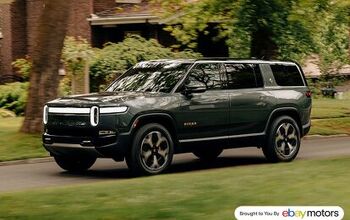

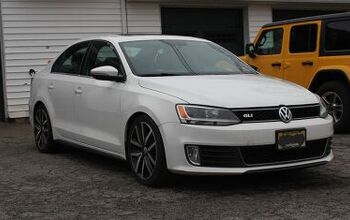


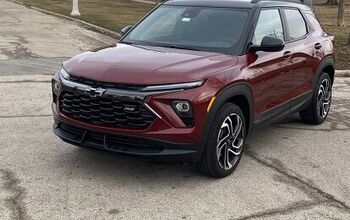



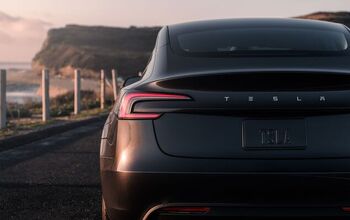
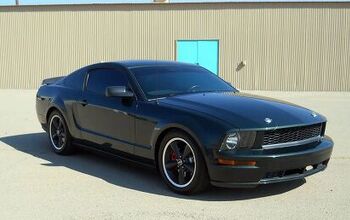


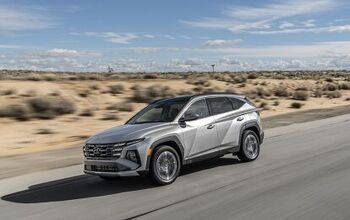

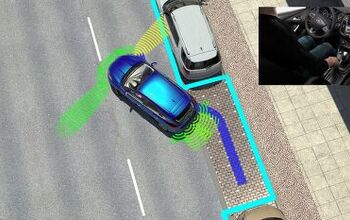
Comments
Join the conversation
The concept of saving us from ourselves by destroying old cars will do nothing but fund organized crime. There is a demand for the product. If it can't be bought and sold legally, then it will be bought and sold illegally. The US experiment of probation and our war-on-drugs should have taught us to there are limits to what we can outlaw. Another factor in unsafe driving practices in the Middle East is the Arabic "Insha'Allah", literally "If God Wills". They have a fatalistic view of life. So if you are going to die in what we would consider a very preventable auto accident, then it is simply your avoidable fate. So taking precautions is not even factored in.
How about the Jeepney? It's amazing to see how creative people can be in solving transportation problems. During a trip to the Phillipines a few years ago, I was amazed by the sight of thousands of Jeepneys. Originally based on surplus Jeeps following WWII, they have since been manufactured by hundreds of mom and pop shops. Unsafe?--yes. Emissions?--forget about it. But they are cheap, practical, easily repaired, and offer a platform for everything from hot rods to limos.